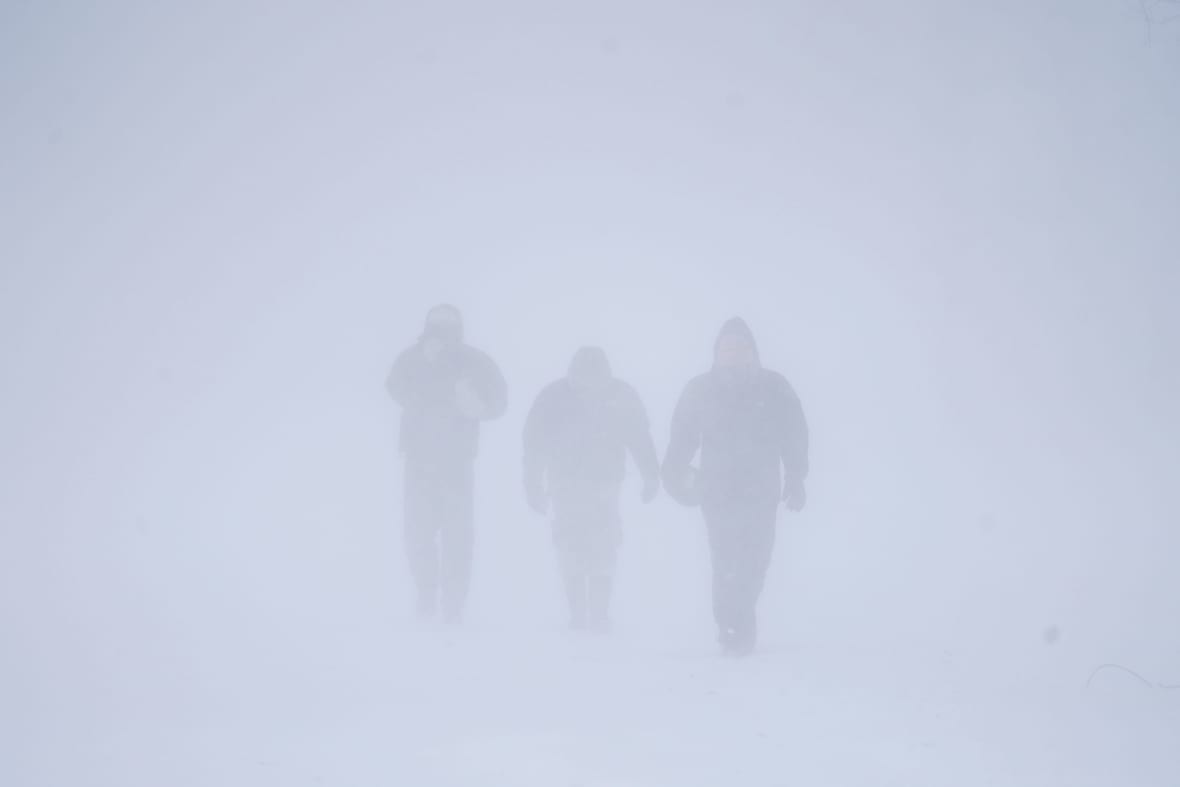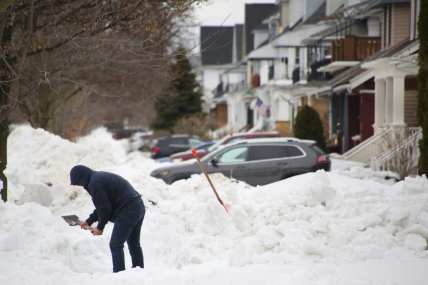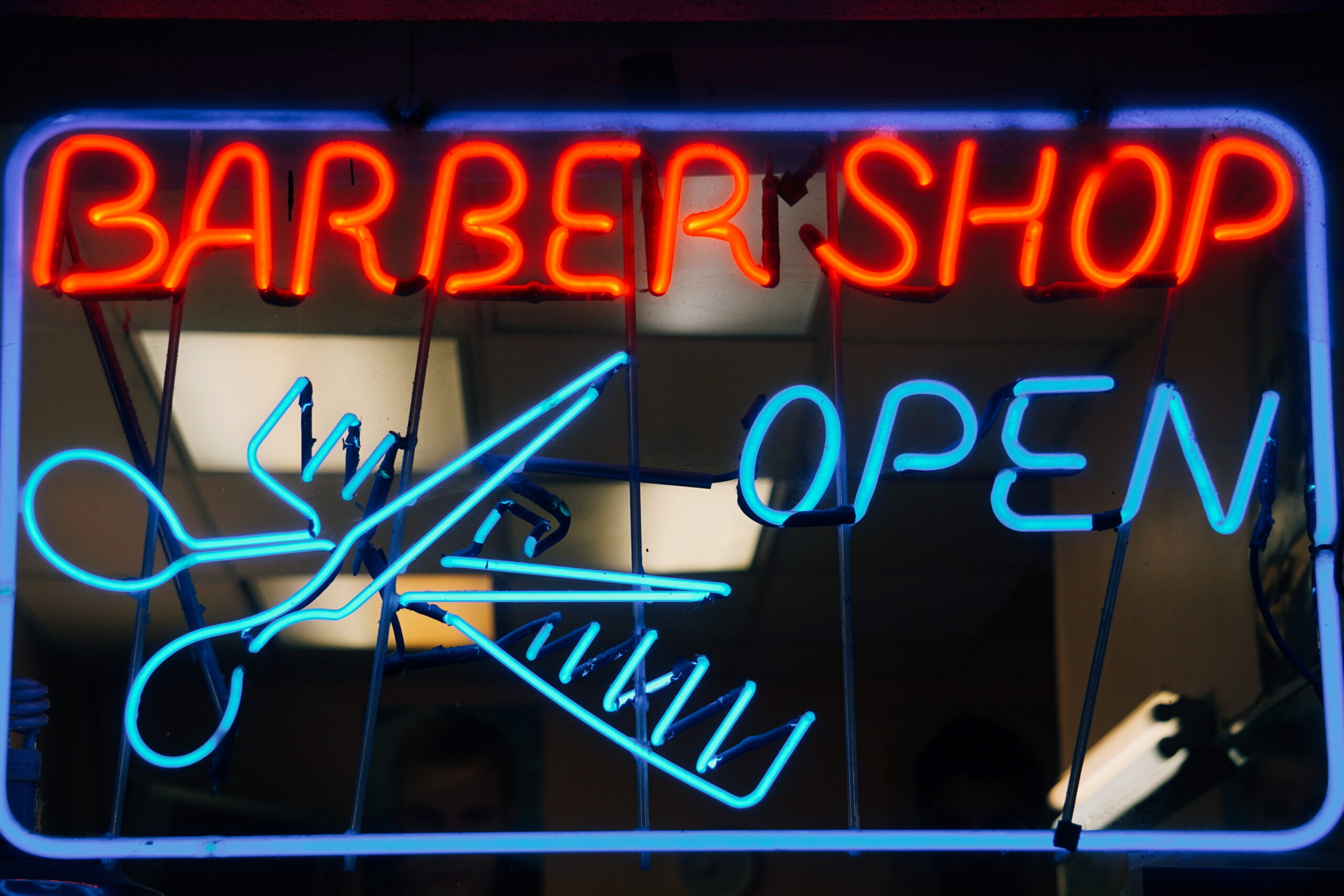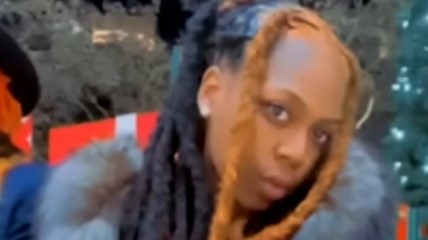Buffalo blizzard highlights racial, class divides; most of the dead are people of color
While Blacks make up 33 percent of the population in Erie County and 14 percent in Buffalo, they account for 51 percent of the deceased.
The massive blizzard in Buffalo, New York — which so far has claimed the lives of at least 39 people in Erie County, 31 of them just in Buffalo — has highlighted enduring racial and economic divides, as most victims are people of color.
According to The Washington Post, while Black people make up 14 percent of the population in Erie County and 33 percent in Buffalo, they account for 51 percent of the storm’s deceased.
Residents and area leaders indicated that structural problems — including poverty, food deserts, subpar housing and a lack of government investment — have worsened the snowstorm’s impacts on working-class, Black and Brown communities as the cost to the city has become more apparent.

Those neighborhoods’ surrounding, more affluent and whiter suburbs appeared to be more prepared to respond to the historic snowstorm, even having their power restored faster and roads plowed quicker.
“This area is so heavily impacted by these systemic issues, and it’s largely because of poverty,” said Pastor Al Robinson, according to The Post. “And impoverished people happen to be people of color.” He has hardly slept since last Thursday as he and his wife, Vivian, have provided care and shelter for 130 people in his church since the blizzard’s onslaught.
Though there is no conclusive official data on which regions in Buffalo received more focused attention, activists have gathered images and other info demonstrating glaring inequalities in how soon the city’s snowplows serviced Black and white neighborhoods. Leaders in districts with more poor and Black residents, the C-District and East Side, claim they were the last to receive such attention.
Byron W. Brown, the Black, Democratic mayor of Buffalo, has come under fire for remarks he made during the storm, which activists and church leaders claim were victim-blaming.
“Mayor Brown? I haven’t heard from him. I’ve been getting calls from the Times of London, but I haven’t heard from my mayor,” said Robinson, The Post reported. “He or our governor have not reached out to anyone here. When these catastrophes hit, it’s like, where is the plan?”
According to Brown, Buffalo officials had informed locals of the weather conditions and advised them to plan for travel and grocery shopping. He defended his handling of the crisis and strongly rejected claims made by volunteers and activists that he did not adequately prepare for and address the needs of residents.
“I have no clue what you are talking about, or who these volunteers are or what they are talking about,” said Brown, according to The Post. “This was a historic storm. This should not have come as a surprise. I absolutely think residents were adequately prepared.”
Advocates said residents are frustrated with having to bear the responsibility of picking up the pieces following numerous catastrophes.
Many were reportedly still recovering from last month’s storm, hadn’t eaten anything warm, and now have to worry about their furnaces flooding as the snow outside their windows melts due to the impending warming weather.
Activists have taken particular offense to Brown’s emphasis on citizens being responsible for their livelihoods, customers robbing establishments and law enforcement devoting time to apprehending shoplifters while there are long waits for delivery of food.
“Buffalo is one of the poorest midsize cities in the country, and the citizens here have been in a constant state of survival,” said Jillian Hanesworth, Buffalo’s poet laureate, The Post reported. “Using his time to address the people to say ‘I told you so’ was tone deaf to say the least.”
TheGrio is FREE on your TV via Apple TV, Amazon Fire, Roku and Android TV. Also, please download theGrio mobile apps today!



